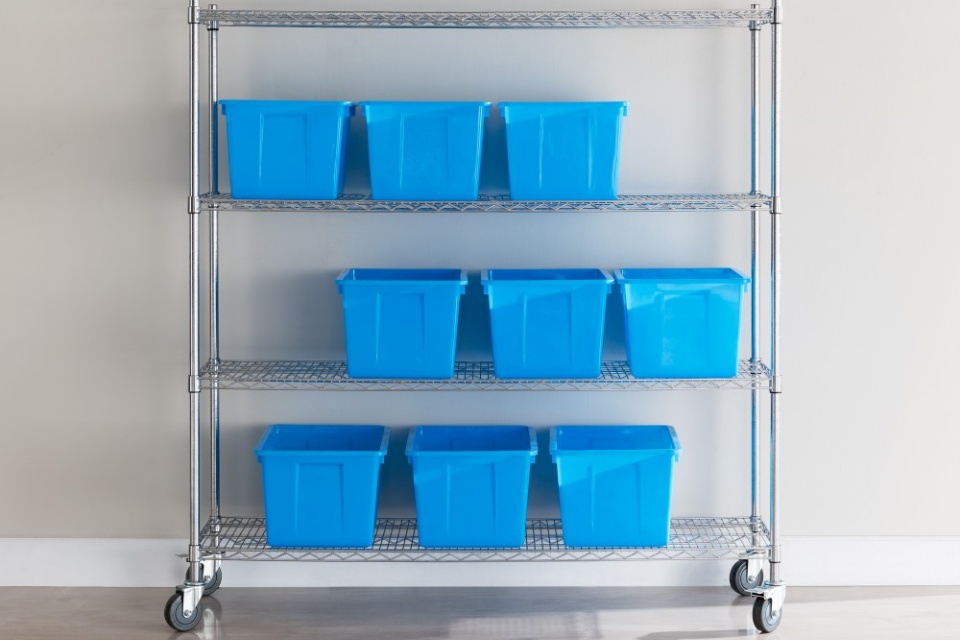



Quick guide: budget vs premium SMT pick-and-place. Compare speed, accuracy, changeover, and traceability for cold storage builds. Practical tips with QIAO.
You’re choosing a pick-and-place for SMT and everyone’s got advice. Some say “start cheap and learn.” Others say “buy once, cry once.” Both sides have truth. Let’s break it down in plain English, with real shop-floor scenarios, simple metrics, and a table you can show in a meeting. I’ll also connect a few points to cold-room hardware builds (controllers for refrigeration units, commercial display, etc.), because many teams like yours ship both electronics and metal parts under one roof.
Quick note: our site focuses on wire shelving and cold storage systems. If you’re building electronics for those systems (like temp controllers for cold storage room components), the SMT choice directly touches your delivery promises.

| Dimension (keyword) | Budget-friendly SMT (entry-level) | Premium SMT (industrial) | Why it matters |
|---|---|---|---|
| Throughput / CPH | Low-to-mid real CPH under vision; peak specs look nice on paper | High sustained CPH with vision and mixed jobs | Decides how fast you clear queues |
| Placement accuracy | Acceptable for most 0402–QFN/BGA if process is tight | Tighter tolerances, solid repeatability | Higher first-pass yield, less rework |
| Feeder capacity | Limited lanes, fewer smart features | Large banks, smart feeders, hot-swap | Longer runs without stoppage |
| Changeover time | Manual swaps, more touch points | Offline kitting, recipe lock, quick swaps | Frequent SKU changes = premium wins |
| Component range | Standard passives, QFN/BGA ok; odd-form limited | From 01005/0201 to odd-form with options | Supports growth in product mix |
| Board handling | Smaller panel sizes, basic conveyors | Bigger panels, rigid handling, gentle transport | Prevents warp/scratch on display boards |
| MES/Traceability | Basic logs, exports | Deep integration, lot/feeder/nozzle tracking | Compliance for cold-chain electronics |
| Uptime | Fine for labs/small runs; faults take longer to fix | Designed for 24/5 or 24/7; fast service | Reliability kills hidden loss |
| Maintenance | DIY-friendly but reactive | Planned PM, diagnostics, parts pipeline | Predictable schedules, fewer surprises |
| Operator training | Quick start, basic UI | Structured roles, libraries, golden recipes | Stability at scale |
Keep this table close when you talk to procurement. It helps align quality, delivery, and ops.

You’ve got five short-run boards: cabinet lighting driver, defrost controller, a sensor hub for cold storage room components, and two marketing demo boards. Budget machine shines here. Small footprint. Operators can flip reels fast. Yes, you’ll touch feeders more, but you won’t feel bad parking an expensive line for tiny batches.
A defrost-controller SKU hits repeat orders. Meanwhile, two prototypes float around. Premium line takes the runner: fast, stable, low rework. Budget unit handles the two prototypes in parallel. You keep takt time for the main SKU and still move the experiments.
Customer asks for lot-level traceability on connectors, passives, and stencils for the freezer-monitor board. Premium’s MES hooks and label scans are basically push-button. With a budget rig, you can do it, but you’ll export logs, chase spreadsheets, and spend extra operator time. It works, just kinda fragile.
This is the stress test. A feeder sensor goes noisy. Premium vendors often dispatch support same-day and talk you through diagnostics. Budget vendors sometimes reply slower. If your Friday ship is a refrigerated display roll-out or cabinet retrofit tied to commercial display, that response time is your life line.
If you run many SKUs for cold-room builds, invest time in offline kitting and SMED-style changeover. A well-kitted budget line beats a sloppy premium line more often than you think.
Budget or premium, the board will punish sloppy paste, land pattern, or panelization. Lock your DFM rules. Keep a “golden” recipe for your recurring SKUs (defrost, lighting driver, temp logger). This alone boosts first-pass yield a lot.

When teams talk about low-temp rooms and chilled aisles, we hear the same pain points: short lead time, reliable electronics, sturdy hardware. “QIAO” gets referenced by buyers who want gear that’s practical and consistent, not flashy. If your SMT flow feeds into assemblies that mount onto cold storage room components, that same spirit applies: pick the SMT setup that keeps promises—stable output, clean changeovers, tidy traceability. We won’t oversell—just make it work, ok?
If your boards end up inside shelves, cabinets, or freezer displays, these pages mirror the hardware world you ship into: